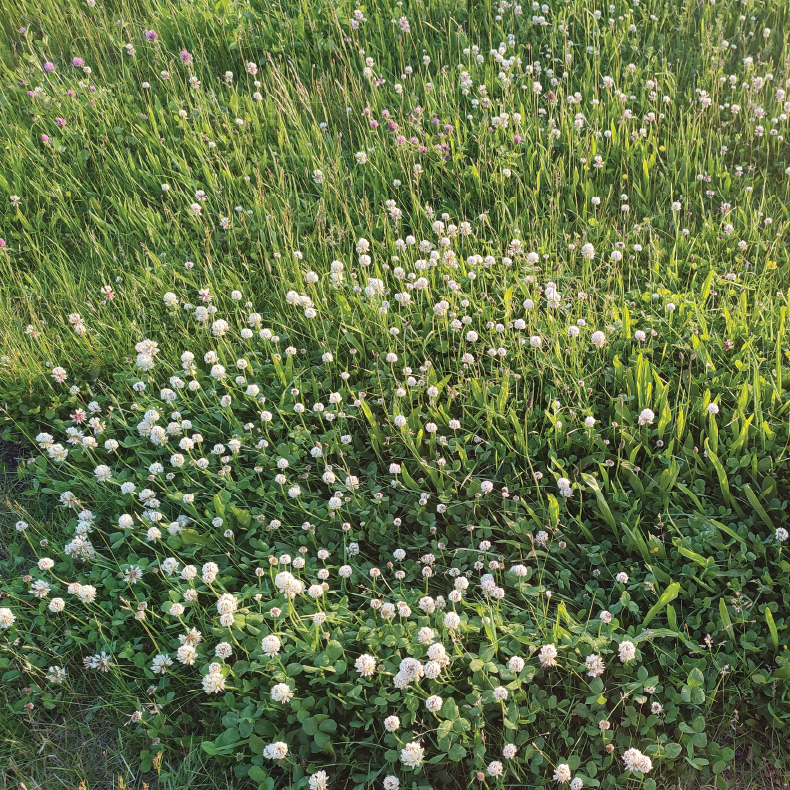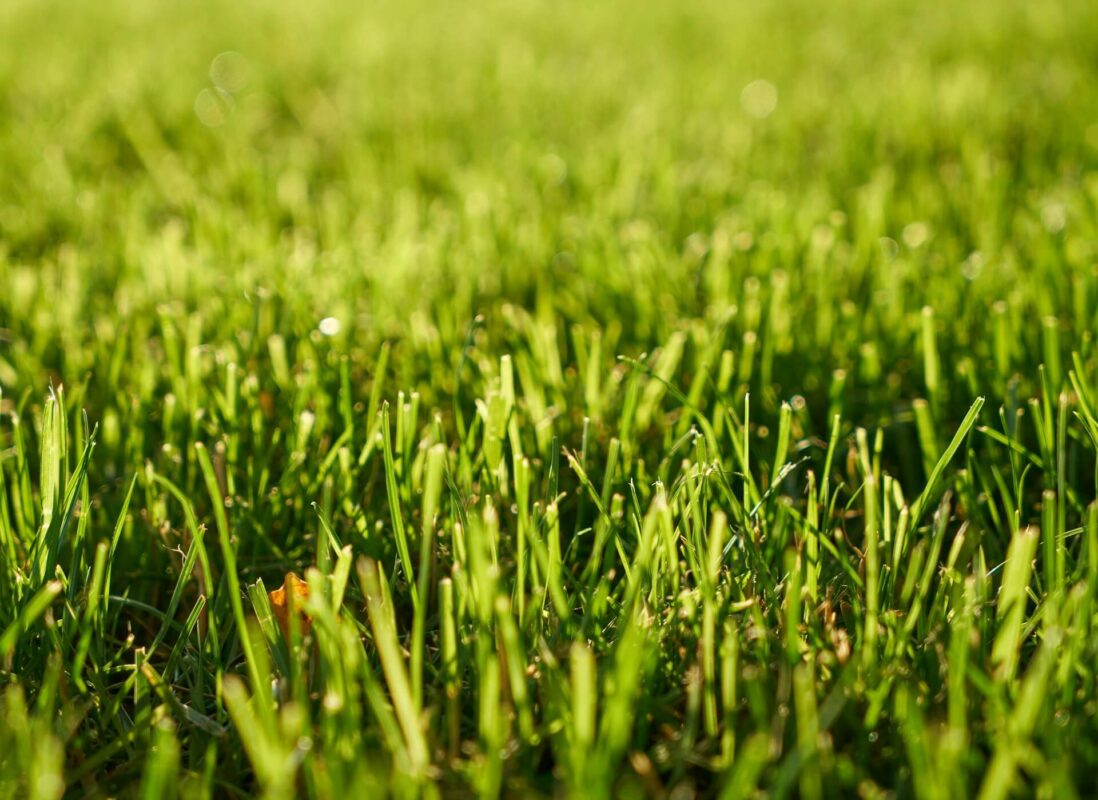What is the White Clover?
White clover (Trifolium repens) is one of the most valuable and versatile plants you can add to your pasture, lawn, or food plot. This low-growing perennial legume is prized worldwide for its ability to naturally enrich soil through nitrogen fixation, reducing the need for synthetic fertilizer and boosting the growth of surrounding grasses. White clover forms a dense, spreading mat of foliage that can reach up to 12 inches in height, making it an ideal ground cover for erosion control, weed suppression, and improving soil health over time. White clover is an excellent choice for anyone seeking a low-maintenance, eco-friendly solution for pasture improvement, wildlife habitat, or living mulch.
Specifications
Sun Requirement
Full Sun to Partial Shade
Soil Preference
Thrives in most Soils
Soil pH
6.0 to 6.5
Time to Maturity
4-6 weeks
Height when mature
4-6 inches (10-15 cm)
Seeding Rate
5 lb / 10,000 Sq Ft
Planting Depth
1/8 to 1/4 inch
White Clover
Trifolium repens |
Does This Product Grow Well in Your Region?
Check your region
$34.99 – $296.99Price range: $34.99 through $296.99
Select Quantity
Why Choose This Seed?

Natural Soil Fertilizer
White clover fixes atmospheric nitrogen into the soil, reducing or even eliminating the need for synthetic nitrogen fertilizer. This means lower input costs and healthier, more balanced pastures for years to come. A good stand can contribute 50–150 lbs of nitrogen per acre annually, feeding companion grasses and improving forage quality.
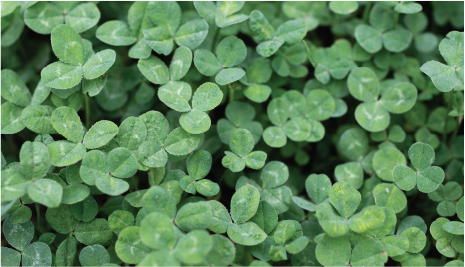
High-Protein Forage
Livestock love white clover. Its leaves are tender, sweet, and packed with protein—typically 20–25% crude protein on a dry-matter basis. This makes it ideal for improving daily weight gains in cattle, sheep, and goats while balancing the energy content of grass-dominant pastures.
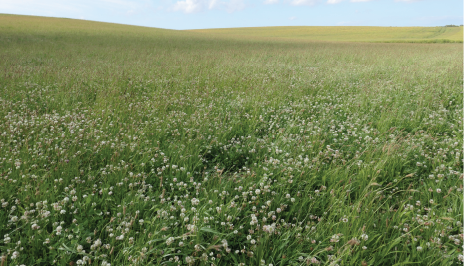
Spreading, Self-Sustaining Growth
Unlike many forage species, white clover spreads by stolons (above-ground runners), allowing it to fill bare spots and create a thick, living mat over time. This reduces weed pressure, stabilizes soil, and gives you a pasture that repairs itself naturally.
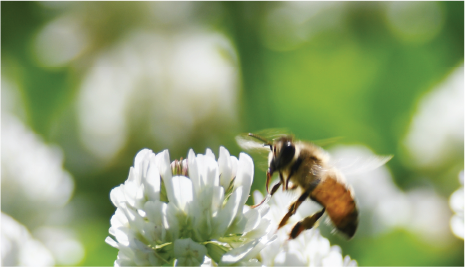
Bee and Wildlife Magnet
Its long blooming season produces abundant nectar that attracts honey bees and native pollinators—great for honey production and overall farm biodiversity. Game animals like deer and wild turkey also graze clover readily, making it a solid choice for food plots.
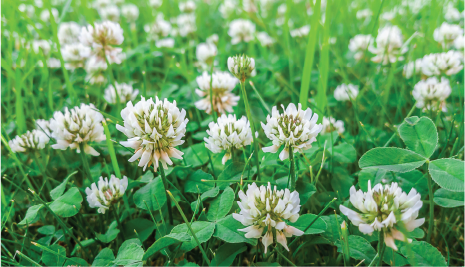
Cold-Tolerant and Resilient
White clover thrives in cool, moist climates but also bounces back well from grazing, mowing, and foot traffic. It stays green later into fall and greens up earlier in spring, extending the grazing season and providing dependable ground cover when grasses slow down.
Seed Description
Product Details
Sun/Shade
Full Sun to Partial Shade
Height
4-6 inches (10-15 cm)
Seeding Rate
5 Lb/10,000 Sq Ft
Uses
Pasture improvement, soil builder, cover crop, green manure, pollinator habitat, lawn alternative, living mulch, wildlife food plot
Color
Green with white blooms
Water
Low after Establishment
Native/Introduced
Introduced
Life Form
Cool-season perennial legume
Planting Guide for the White Clover
Prepare a Firm Seedbed
Start by mowing or grazing existing vegetation short and removing excess debris. For new plantings, lightly till or harrow the soil to create a fine, smooth seedbed. White clover seed is tiny and needs close seed-to-soil contact to germinate, so avoid deep tillage or leaving clods. The goal is a firm surface — if you leave a bootprint deeper than ½ inch, pack it down.
Seed at the Right Rate and Depth
Broadcast or drill white clover seed at 1-3 lbs per acre in a mix, or around 4 lbs per acre for a pure stand. Seed depth should be very shallow — no more than ¼ inch — since small seeds lose vigor if buried too deep. When broadcasting, follow with a cultipacker, drag, or even light animal traffic to press seed into the soil.
Plant at the Right Time
Choose early spring or early fall when soil moisture is good and temperatures are cool. White clover can also be frost-seeded in late winter, using natural freeze-thaw cycles to work the seed into the ground. Avoid planting during hot, dry periods when seedlings are likely to stress before they establish.
Manage Moisture and Competition
Keep soil moist until seedlings are well established (typically 2-3 weeks). Mow or lightly graze companion grasses as seedlings emerge so clover isn’t shaded out. Avoid heavy grazing until plants are well rooted and stolons start spreading. After establishment, manage grazing or mowing to maintain a balance between clover and grasses.
Questions & Answers
When is the best time to plant White Dutch Clover?
Ideal sowing times are late winter to early spring, or fall (e.g. October-November), depending on your region. Soil needs to be moist and temperature cool but not frozen. In colder climates, waiting until soil warms enough avoids seed loss; in warmer climates, fall planting can give plants a head start before summer heat.
Will Dutch White Clover cause bloat in cattle or other ruminants?
Yes, there can be a risk of bloat when grazing highly clover-dense pastures (especially >40-45% clover content), in wet or dewy mornings, or when animals are introduced to clover pastures from dry diets. But with good management—gradual introduction, feeding dry roughage ahead of turnout, maintaining grass to clover balance, using strip grazing or small allocations—this risk can be substantially reduced.
How long will a stand of Dutch White Clover last? Do I need to reseed often?
Dutch White Clover is a perennial in many temperate zones (e.g. USDA zones 2-8), but its longevity depends on grazing pressure, competition from grasses, soil fertility, and climate. Under well-managed conditions (correct soil pH, moisture, avoiding overgrazing, protecting stolons), a stand can persist for multiple years. You may need to reseed parts of pasture after several seasons, especially if clover content drops significantly
How much moisture or rainfall does Dutch White need?
Tomato-clover (just kidding) — Dutch White needs consistent moisture during establishment (seedling stage), but once established it is moderately drought tolerant. It prefers soils with good moisture-holding capacity. If rainfall is low, supplemental watering (or irrigation) helps. Well-drained soils are important to avoid waterlogging. Soil type (loam, clay, silt) will influence how drought or moisture stress affects the plant.
How low can it handle grazing or cutting? What management encourages persistence?
Dutch White tolerates relatively close grazing, but it’s crucial to avoid damaging stolons (the above ground runners) excessively. Maintaining residual plant height after grazing or cutting helps protect these. A short post-graze height (but not “scalp”) is good. Also rotating grazing, keeping grass companion species from overshadowing the clover, and avoiding poaching (soil damage) helps persistence.
Are there any toxicity or anti-nutritional concerns I should know?
Yes, though they are usually manageable and rare if properly managed. Two big ones are bloat (as mentioned above) and cyanogenesis. Some Dutch White populations are cyanogenic — meaning they have compounds that can release hydrogen cyanide if the plant tissue is damaged (e.g. by wilting, frost, grazing when wet). Under extreme cases or poor management, this could stress animals, interfere with mineral metabolism (like selenium or interactions with thyroid-related minerals), etc. But with mixed forage, proper grazing, and avoiding letting animals overconsume fresh, damaged clover, the risk is small.
Still have
questions?
Our planting experts
are here to help.
customercare@naturesseed.com
Response time:
Within 1 business day
Reviews
White clover (Trifolium repens) is one of the most valuable and versatile plants you can add to your pasture, lawn, or food plot. This low-growing perennial legume is prized worldwide for its ability to naturally enrich soil through nitrogen fixation, reducing the need for synthetic fertilizer and boosting the growth of surrounding grasses. White clover forms a dense, spreading mat of foliage that can reach up to 12 inches in height, making it an ideal ground cover for erosion control, weed suppression, and improving soil health over time.
| Coverage Area | , , |
|---|
Related Products
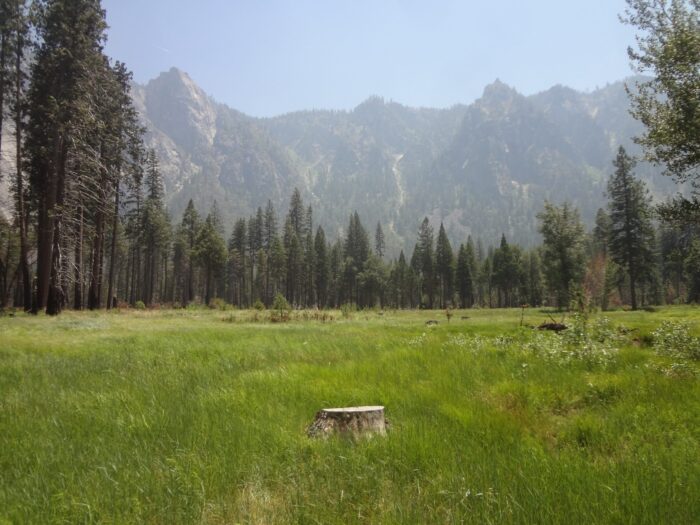
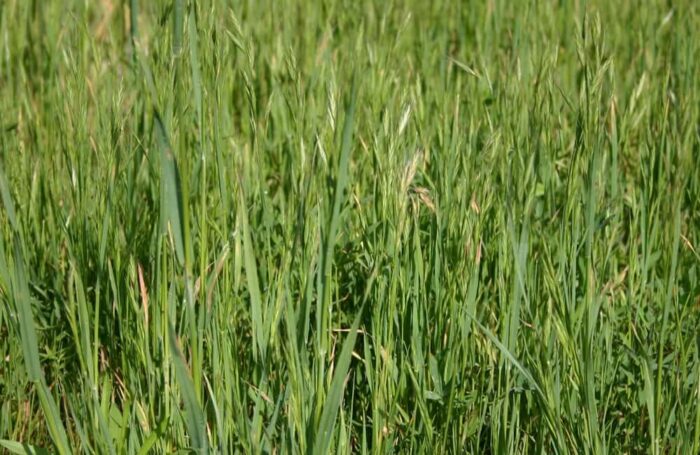
California Native Erosion Control Mix
(4.7) - 145 reviews
$46.99/lb
Erosion control, Sustainable landscaping, Wildlife Corridors, Native Meadows, Habitat restoration
Southern USDA Regions (8-10), Transitional USDA Regions (6-8)
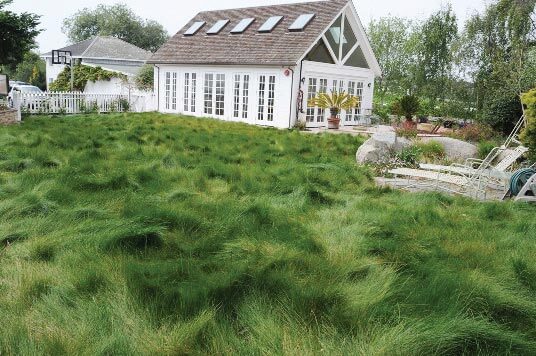
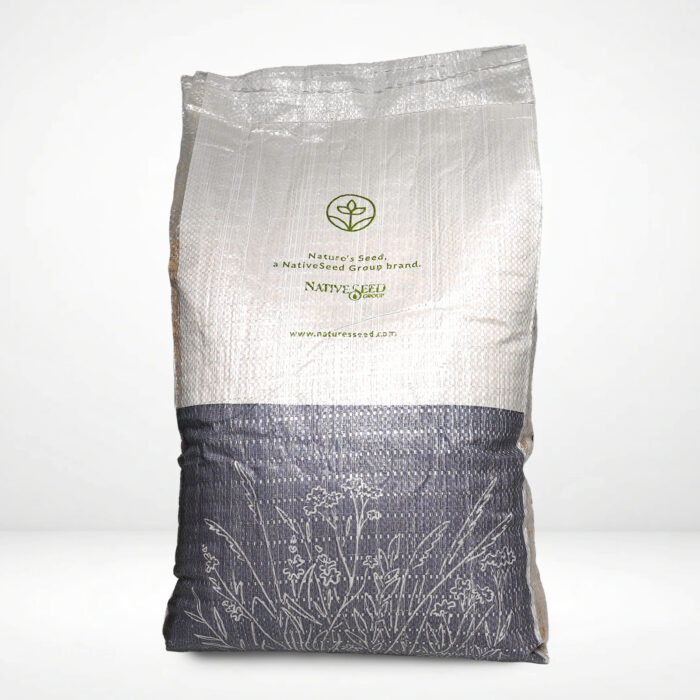
California Native Lawn Alternative Mix
(4.7) - 145 reviews
$55.99/lb
Home Lawns; Erosion Control & Slopes; Low-Maintenance / No-Mow / Eco-Lawn; Shade-Friendly
Northern USDA Regions (3-5), Southern USDA Regions (8-10), Transitional USDA Regions (6-8)
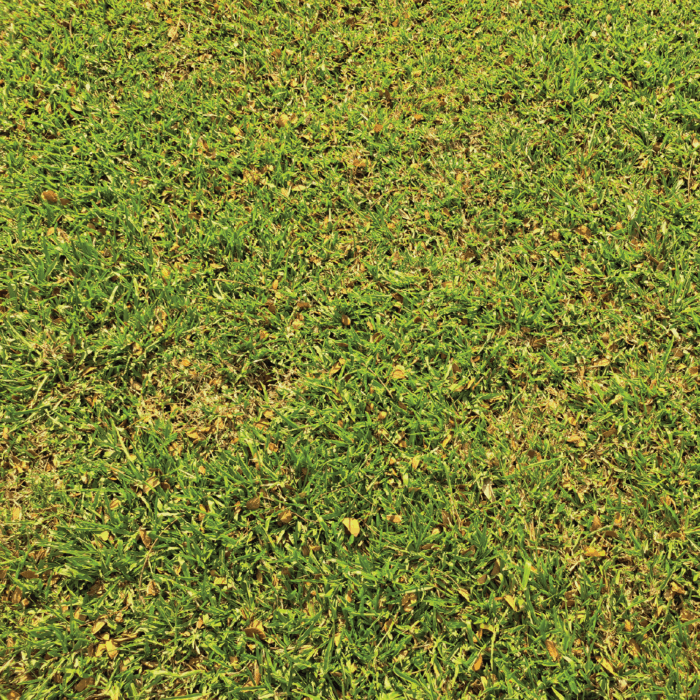
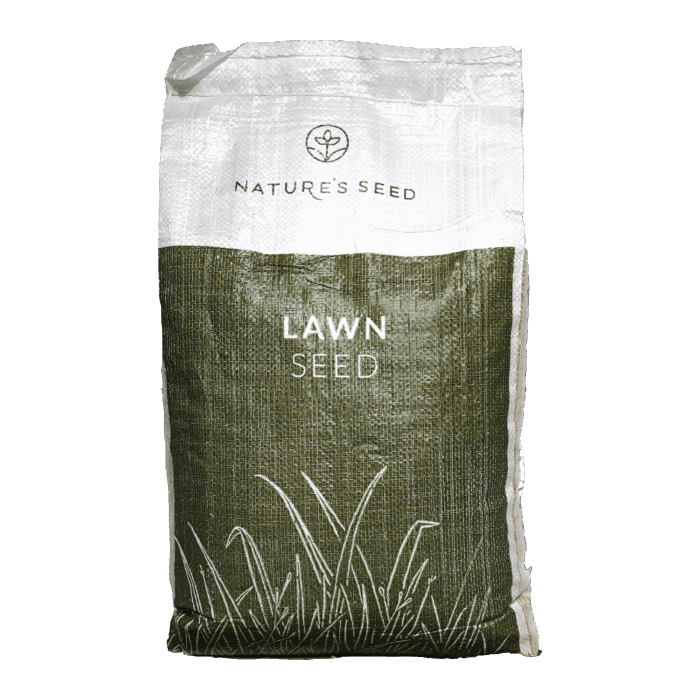
Perennial Ryegrass Fast-Growing Lawn Mix
(4.7) - 145 reviews
$49.99
5 Lb - 1,000 Sq. FtSports Turf; Quick Cover & Overseeding; Cool-Season Region; Irrigated Landscapes
Northern USDA Regions (3-5), Transitional USDA Regions (6-8)
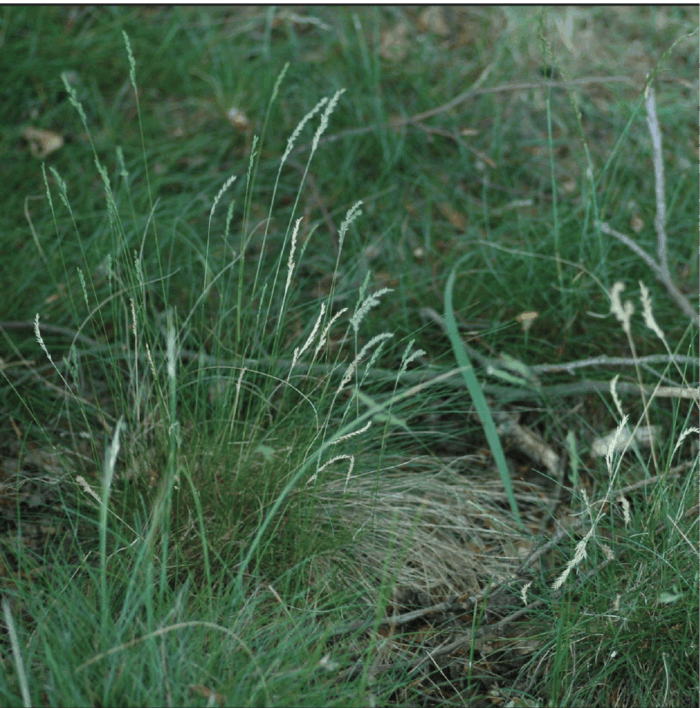

Sheep Fescue Grass
(4.7) - 145 reviews
$8.99/lb
Lawn Alternative, Ornamental Grass, Erosion Control
Northern USDA Regions (3-5), Southern USDA Regions (8-10), Transitional USDA Regions (6-8)
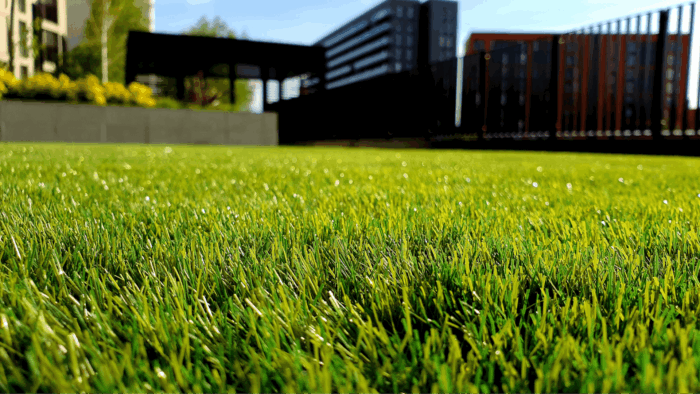

Triblade Elite Bermudagrass Lawn Mix
(4.7) - 145 reviews
$119.99
5 Lb - 1,000 Sq. FtSports Turf; Parks & Public Spaces; Golf (Fairways & Roughs); Premium / High-Visibility Lawns; Water-Conscious / Drought-Tolerant; Warm-Season Region; Heat-Tolerant
Southern USDA Regions (8-10)

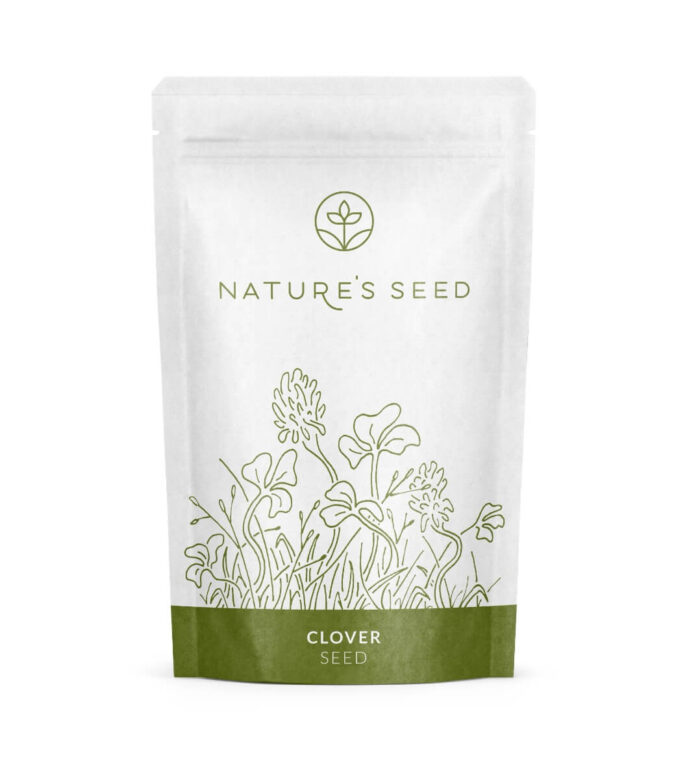
Micro Clover Seed
(4.7) - 145 reviews
$44.99/lb
Low-maintenance lawn alternative or overseed mix-in for grass; ideal for home lawns, sports fields, parks, dog runs, slopes and erosion control areas.
Northern USDA Regions (3-5), Southern USDA Regions (8-10), Transitional USDA Regions (6-8)
